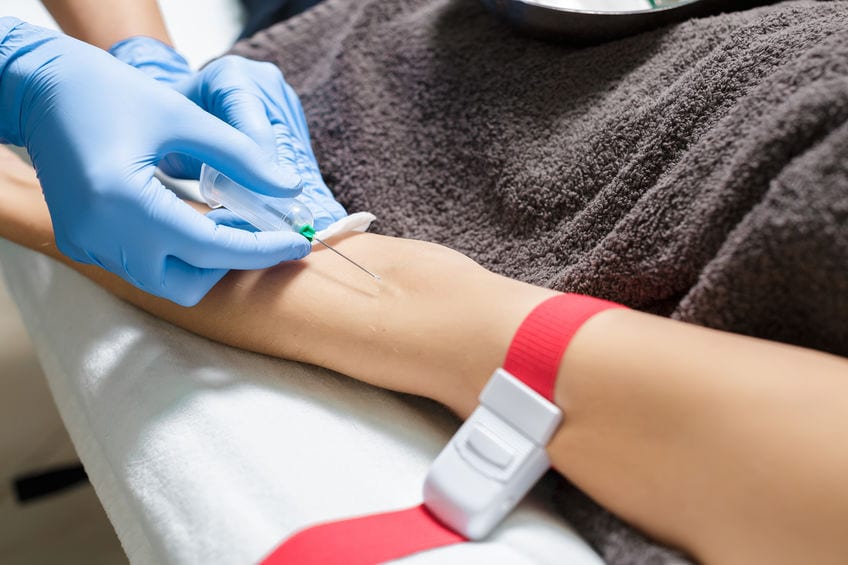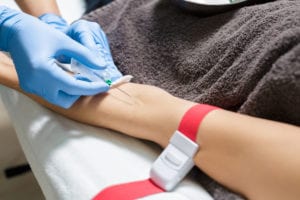In a rural hospital in West Virginia, Vance Agarwal a fourth year medical student nearing the end of a rural medicine elective had the opportunity to draw blood for the first time. Under the careful watch of his attending physician, instruction from a second grade art teacher and the willing consent of a piece of paper, Mr. Agarwal was successfully able to draw a tangle of red squiggles onto a piece of paper that more or less resembled a pool of blood.
“It was an amazing and humbling experience,” explained the medical student. “A lot of what we do in medical school isn’t very hands on, but it was nice to finally get down to the nitty gritty and work with the paper directly. I think I prefer using markers over Crayola crayons for my blood drawings,”” Mr. Agarwal revealed. “Markers last longer so you can draw more blood per stick. Plus crayons sometimes break mid draw which can be a contamination risk”, he added.
“Drawing blood is an important skill to learn before a medical student starts residency,” explained the supervising attending physician Dr. John Angeline. “A lot of medical students think that nurses are the only ones who draw blood, but sometimes there are situations where nurses aren’t available and the resident will have to be the one to pick up the pencil sharpener and do what needs to be done.”
The hospital takes the appropriate precautions to make sure the blood drawing happens safely. “We first have them use state of the art mannequin pencil and a fake piece of paper before having them try on a real piece of paper” reassured Dr. Angeline.
“Drawing blood is actually harder than one might think,” explained Ms. Katrine Pennyweather, the local second grade art teacher also supervising Mr. Agarwal. “The utensil must contact the paper at just the right angle. If the angle is too steep there’s actually a risk of puncturing the paper. A paper cut, if you will.”
“They’ve gotta learn somehow,” explained the piece of paper that was drawn on. ‘I’m just doing my part. Sure, these kids might end up tearing through you a bit, but hey, sheet happens.”
“For a medical student, Vance’s blood drawing is sufficient,” added Dr. Angeline. “However at the resident level more is expected in terms of line quality and shading. By the time you become an attending, you are expected to be comfortable drawing blood with charcoal and oil pastels”.








